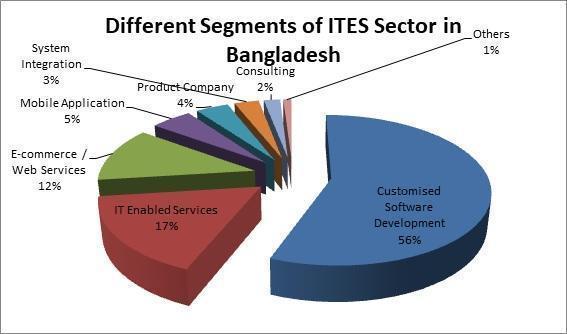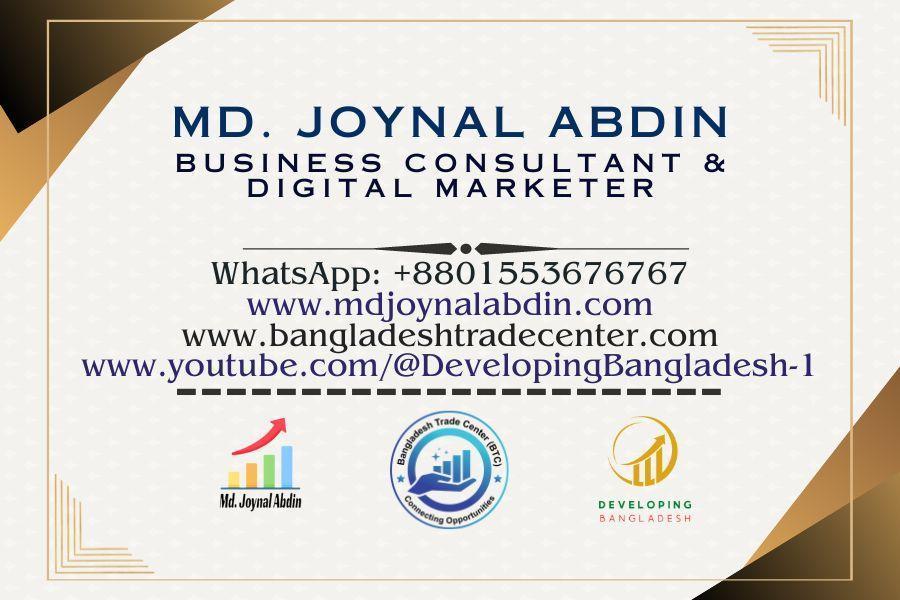The Role of Private Sector in Bangladesh
The Role of Private Sector in Bangladesh * Compiled from the Speech of One of the Honorable Former President of FBCCI In Bangladesh, as a developing country, there is now a growing realization that a vibrant and dynamic private…
Read More










 by
by